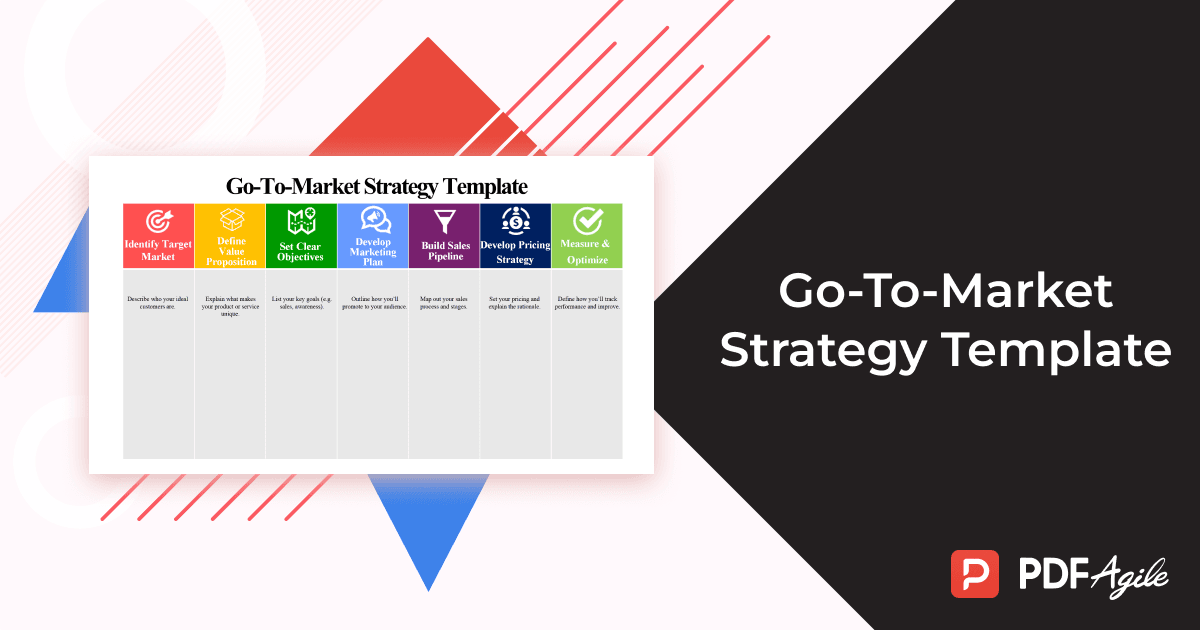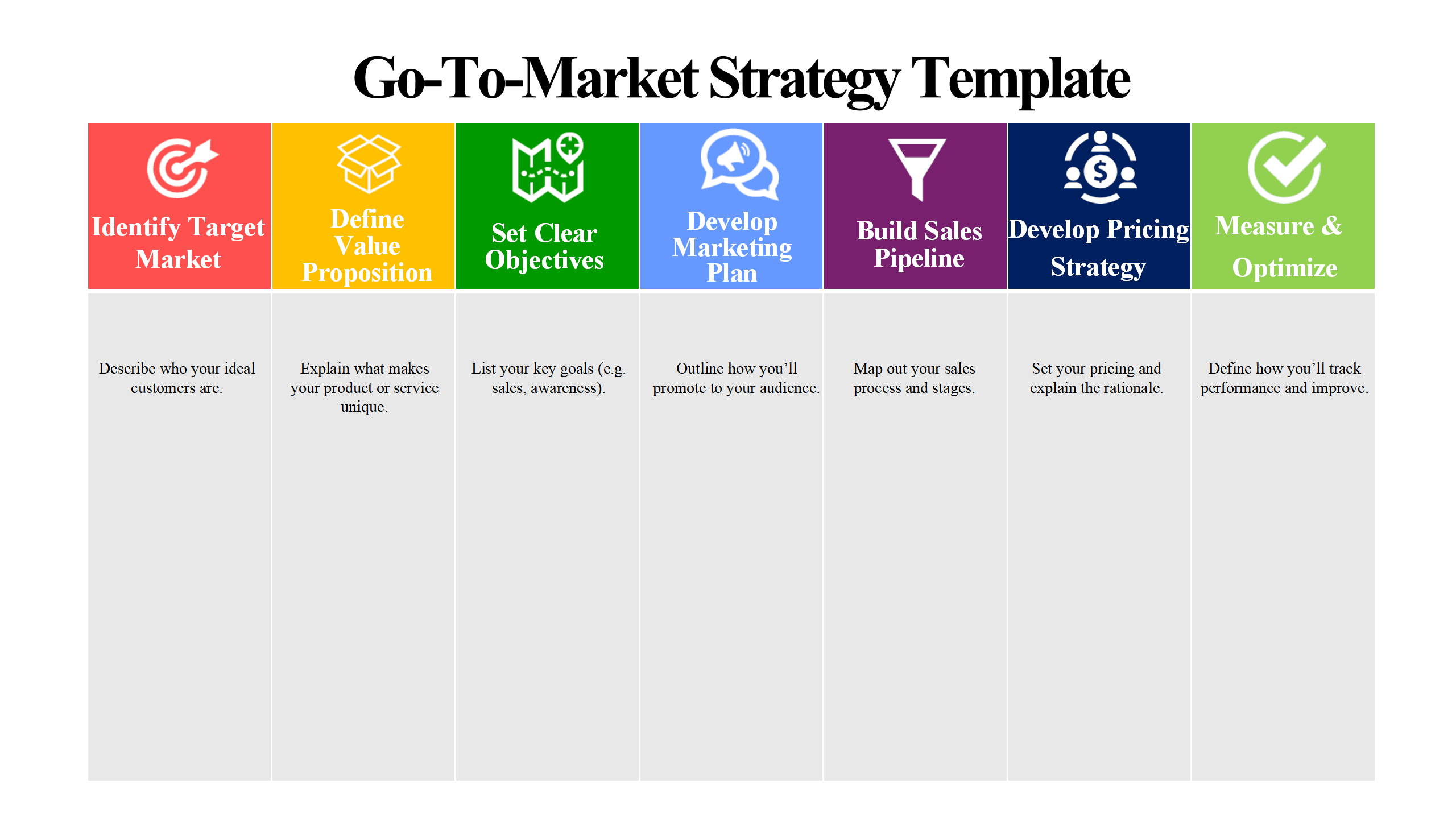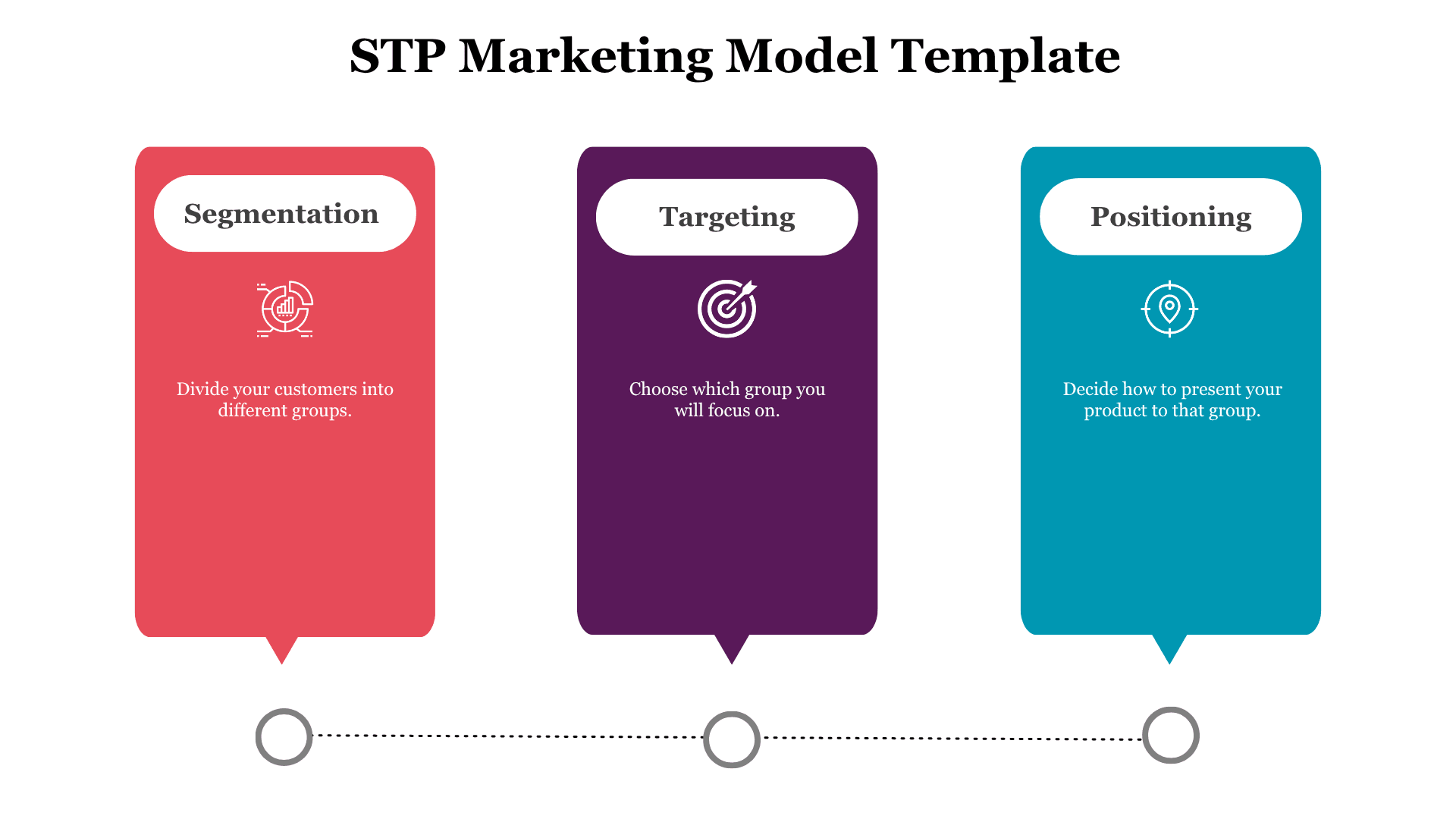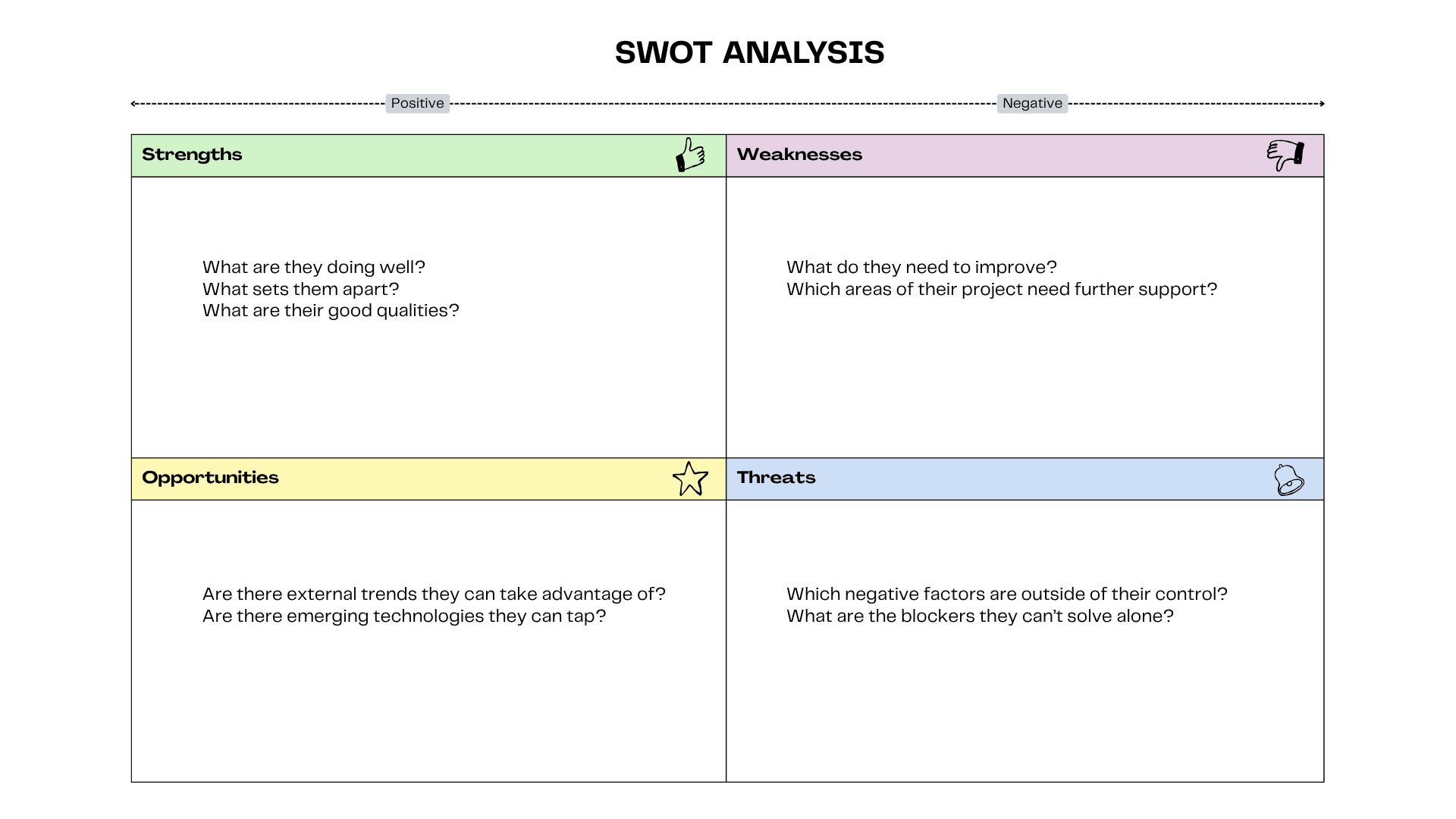Launching a new product, service, or even expanding into a new market is an exciting but often daunting endeavor. Without a clear plan, you risk misaligned efforts, wasted resources, and a less-than-stellar reception. This is where a robust Go-To-Market (GTM) strategy template becomes your indispensable roadmap to success.
Think of a GTM strategy template as the blueprint for introducing your offering to the world. It provides a structured framework to organize your thoughts, document your plan, and ensure all critical aspects are considered before you take the plunge. This article will delve into the essential components of a powerful GTM strategy template and guide you on how to leverage it for a winning launch.
Why You Need a Go-To-Market Strategy Template
Before we dive into the specifics, let's understand the fundamental benefits of utilizing a GTM strategy template:
Clarity and Focus: The template forces you to clearly define your objectives, target audience, and the steps required to reach them. This clarity minimizes ambiguity and ensures everyone is on the same page.
Avoid Costly Mistakes: By systematically addressing key areas like market research and competitive analysis, you can identify potential pitfalls and avoid launching your product to the wrong audience or in a saturated market.
Efficient Resource Allocation: A well-defined strategy helps you allocate your budget and team efforts effectively, focusing on the most impactful activities.
Faster Time-to-Market: With a structured plan in place, you can streamline the launch process, potentially reducing the time it takes to get your offering into the hands of your customers.
Enhanced Brand Awareness and Growth: A thoughtful GTM strategy considers how to build buzz, engage your target audience, and lay the foundation for sustainable growth.
Utilizing Your Go-To-Market Strategy Template
Once you have a template, follow these steps to make it work for you:
Gather Information: Conduct thorough research on your target market, competitors, and the overall landscape.
Collaborate with Your Team: Involve relevant stakeholders from sales, marketing, product, and customer success in the development of the strategy.
Be Specific and Actionable: Avoid vague statements. Clearly define your goals, target audience, and the tactics you will employ.
Be Realistic: Set achievable goals and timelines based on your resources and market conditions.
Review and Iterate: Your GTM strategy is not a static document. Regularly review its performance, analyze the results, and be prepared to make adjustments as needed. The market is constantly evolving, and your strategy should too.
Go-To-Market Strategy Example
Let's take a closer look at how a Go-To-Market Strategy Template can be practically applied. To bring the Go-To-Market Strategy Template to life, let's consider a concrete example for an AI Customer Support Automation SaaS product:

This SaaS example effectively uses a Go-To-Market Strategy Template by pinpointing a target market, defining a clear value proposition with key differentiators, setting measurable objectives for success, and outlining specific plans for marketing, sales, pricing, and ongoing optimization. It highlights the practical application of a structured approach in launching a new product.
FAQs about the Go-To-Market Strategy Template
What is the main purpose of a Go-To-Market Strategy Template?
A Go-To-Market Strategy Template provides a structured framework for planning and executing the launch of a new product, service, or entry into a new market. It helps ensure all critical aspects are considered, from defining your target audience to outlining your marketing and sales activities.
How often should we review and update our GTM strategy?
Your GTM strategy should be a living document. It's recommended to review it regularly (e.g., quarterly or after significant milestones) and update it based on performance data, market changes, and customer feedback.
Can a GTM strategy template be used for all types of product launches?
Yes, the fundamental principles of a GTM strategy apply to various types of launches. However, you may need to tailor the template and the specific tactics based on the nature of your product, target market, and industry.
Is a Go-To-Market strategy the same as a business plan?
No, a GTM strategy is a more focused plan that outlines the specific steps to introduce a particular product or service to the market. A business plan is a broader document that encompasses the overall vision, mission, and strategy of the entire business.
Free Download: Go-To-Market Strategy Template
You can download the Go-To-Market Strategy Template mentioned above by clicking Use Template button on this page. Customize it to fit your specific needs and preferences.





